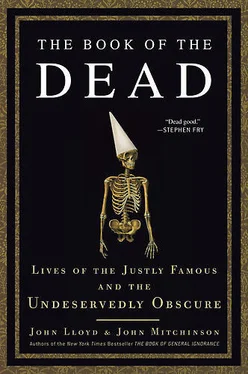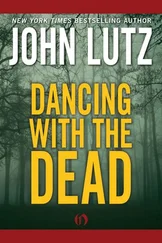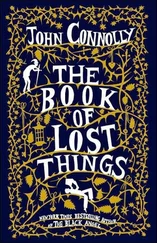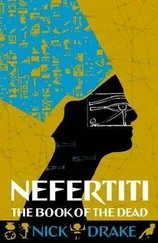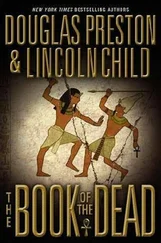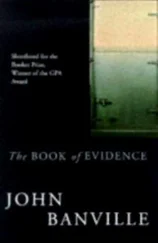Meanwhile Dee’s father, Rowland, had lost his position at court and all his assets had been stripped, leaving his son without an inheritance. Dee returned to Europe, where his services as an astrologer could be charged at a much higher premium than in England. At the same time, he discovered the works of the hermetic philosopher Cornelius Agrippa, which quickened his interest in alchemy. When Mary died in 1558, Queen Elizabeth offered him his old job back, though at a substantially lower rate of pay, which caused Dee great annoyance. He came back all the same, becoming one of her most trusted advisers, and even casting the horoscope to select the date for her coronation.
Over the next decade Dee made many practical contributions to public life. He was the first person to apply geometry to navigation and trained many of the great navigators of the age both to read maps and to make them. He also prepared the intellectual and legal case for Britain’s expansion into the New World, coming up with justifications that stretched back into the mythical past, in particular the supposed discovery of North America by the Welsh prince Madog in 1170. He was the first person to use the phrase “British Empire,” and the first to suggest a voyage to map the Northwest Passage that was believed to link the Atlantic and the Pacific. And he became a spy for the queen, going on secret missions to Europe and communicating by means of elaborate codes of his own devising. He signed his letters to her “007.” Dee was also summoned to the royal presence whenever something out of the ordinary occurred; on one occasion he was asked to comment on a wax effigy stuck with pig bristles that was found in Lincoln’s Inn Fields, and on another he was asked to explain a “blazing star” that had appeared in the sky. His job under these circumstances was always to come up with plausible explanations that reduced rather than encouraged superstitious speculation.
We know very little of Dee’s personal life until 1577, when he started to keep a diary. It is one of the many paradoxes running through Dee’s life that the very scrupulousness that made him such a good scientist also furnished the evidence that was to damn his reputation. The diary is meticulous. From it we know that he was married for the second or (possibly) third time in 1578, to Jane Fromonds, a lady-in-waiting at Elizabeth’s court. He was fifty-one and she was twenty-three and she bore him eight children. The couple seem to have been devoted, in Dee’s case almost to the point of mania. The diary contains detailed, cryptic records of her periods, carefully logging not only when they occurred but also how heavy they were, whether the “show” was “small” or “abundant.” He also noted down when they had sex, giving not just the date, but also the time. But much more damaging is the revelation in the diary of Dee’s developing fixation with “angelic communication.”
In 1578 Dee’s beloved mother died, bequeathing him her house in Mortlake. He was an only child and they had lived under the same roof for most of his life. Perhaps as a result of this loss, and inspired by a sequence of strange and powerful dreams, he became entranced by the ethereal otherworld. Using his “scrying” mirror of polished black obsidian, rumored to be an Aztec treasure stolen by the conquistador Hernán Cortés himself, he attempted to make contact with the spirits. Nothing materialized. “I know I can not see, nor scry,” he confessed to his diary. A crystal he had tracked down from a collector of curiosities in Glastonbury seemed to provide tantalizing glimpses, but he struggled to “see” anything at all. So in 1582 he began using the services of a medium called Edward Talbott. Talbott was an unprepossessing man from Lancashire who always wore a cowl over his head to hide the fact that his ears had been cut off for counterfeiting. He had a basic grounding in alchemy from his time as an apothecary’s assistant and claimed to have the gift of divination. Almost at once, Talbott was able to summon up richly detailed visions for Dee. Most of them came via an “angel” called Madimi, who spoke a language called Enochian. According to Dee, she was “a spiritual creature, a pretty girl of seven to nine years of age, half angel and half elfin.” For Dee, there was nothing “occult” or un-Christian about these proceedings; indeed, he prepared for each session with prayer and fasting. He was delighted with the results and the two men formed a partnership, Talbott renaming himself Kelley to shroud his checkered past.
In the meantime, Dee continued at court as a successful practical scientist. In 1583 he devised a scheme to bring the English calendar into line with the astronomical one. It was even more accurate than the one Pope Gregory XIII had recently imposed on the rest of Europe, and the neatness of Dee’s math was widely admired, but the Archbishop of Canterbury blocked it: He saw it as capitulation to Rome. Later that year, the queen introduced Dee and Kelley to Prince Albrecht Łaski, a visiting Polish diplomat. He was keenly interested in the occult and invited them to bring their “philosophical experiments” to his country. Encouraged by the positive endorsement of their spirit guides, Dee, Kelley, and their families set off for Poland.
Over the next six years, the two Englishmen practiced astrology, alchemical experiments, and spiritual divination in the grand palaces of Europe. The king of Poland and the eccentric Holy Roman emperor Rudolf II (an ardent alchemist himself) were enthusiastic patrons. Dee and Kelley finally settled at the court of Count Rosenberg in Bohemia. Here, their waiflike angelic interlocutor Madimi suddenly evolved into Uriel, a full-breasted siren. She instructed Kelley that no further progress toward mystical enlightenment would be made until the two men shared everything, particularly their wives. Dee’s diary records his distress, not least because Jane had always professed to dislike Kelley, but he allowed the matrimonial exchange to take place as instructed. Soon afterward the spirit conversations ceased, the partnership broke up, and the Dees returned to England in 1588.
At first sight, it looks as if Kelley manipulated the whole thing. By playing on the spiritual ambitions of the elderly Dee, he had his way with his partner’s pretty young wife and then managed to be rid of them both. Certainly he got rich quite quickly after Dee left; for ten years he conned European monarchs into believing he could manufacture gold at will. In recognition of his work, he was even made a baron by Rudolf II. Eventually, however, the lack of any actual gold became something of an issue, and he died in 1589 attempting to climb out of a tower where the emperor had imprisoned him. But Dee’s diary tells a different story. Five weeks after what he called his Covenant with Kelley, Jane found she was pregnant. When the baby was born, the Dees and the Kelleys were reunited at the christening and the child named Theodore—“beloved of God.” Far from falling out, Dee and Kelley continued to correspond and Dee’s diary records his great sorrow on hearing of Kelley’s death. If that were not sufficient evidence, the Dees named their next daughter Madimi.
Meanwhile, on their return to Mortlake, the Dees found their house had been ransacked: many books and instruments had been stolen and a maid had used a collection of Dee’s scientific papers to line pie tins. The queen’s enthusiasm for Dee had cooled, doubtless fanned by gossip from the Continent, and the best position she could offer him was the wardenship of Christ’s College, a religious institution in Manchester. Not only was his income much reduced, but he found his authority with the Fellows undermined by constant mutterings about his being a conjuror. In 1603 Elizabeth died, and was replaced by James I, a man famously averse to witchcraft in all its forms. The following year Dee wrote to him professing his loyalty and reassuring him that “none of all the great number of the very strange and frivolous fables or histories reported and told of me are true.” The king didn’t even bother to reply.
Читать дальше
